The Mounting
(I)
Calligraphy that has been scribed on Xuan paper is usually wrinkled and creased (Fig.1). The paper thus needs to be processed to eliminate all wrinkles. This process is known as “mounting” or “wet mounting (裝裱)”.
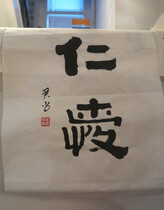
Fig. 1. A work before any mounting
Source: KS Vincent Poon Mounting Workshop
(II)
Traditional wet mounting (裝裱) is an art that is done by hand. Each step is performed by hand, including the synthesis of the natural glue as well as the mounting of silk edges surrounding the calligraphy. As such, masters of traditional wet mounting are no ordinary craftsmen and should be revered as professional artists. The entire process can take up to a month, and so it is relatively expensive, but the outcome is marvellous and worthwhile. This is why renowned calligraphers of the past, such as Zhang Yanyuan (張彥遠) and Mi Fu (米芾), were also skilled wet mounters (1).
(III)
Today, many use electric irons and engineered glues in the process. This cannot be considered as traditional wet mounting. Although much cheaper and requires significantly less time, this strategy results in a mounted work that lacks natural beauty, and a professional artist can discern its inferiority almost immediately. Thus, valuable works should always be mounted by hand with traditional methods.
(IV)
The first step in wet mounting involves wetting the calligraphic work and glueing a piece of Xuan paper at its back with natural glue, which is derived from boiling the red algae Gloiopeltis furcata and/or wheat starch.
The edges of the paper are then glued to a wall and let dry. After at least one day, the entire piece will be left with no wrinkles, as shown below (Fig. 2):
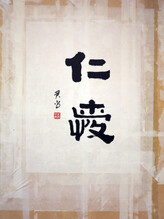
Fig. 2. A Work after the first stage of mounting (托底)
Source: KS Vincent Poon Mounting Workshop
The work is then cut out of the wall. At this point, one can already put the work in a matted photo frame for display. Traditionally, however, silk strips, which are hand-mounted from clothes, are then glued to the edges, and several layers of Xuan paper is added to the back and mounted to the wall again. The end result looks like this (Fig.3) :
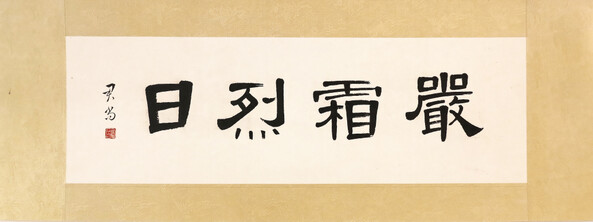
Fig. 3. A work mounted with silk edges.
Source: KS Vincent Poon Mounting Workshop
Mounting a work in the form of a scroll is also possible (Fig. 4 & Fig. 5), but the procedures involved are more elaborate:
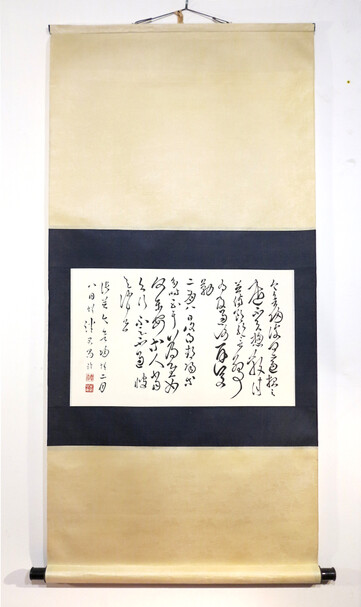
Fig. 5. A work mounted in scroll style (II)
Source: KS Vincent Poon Mounting Workshop
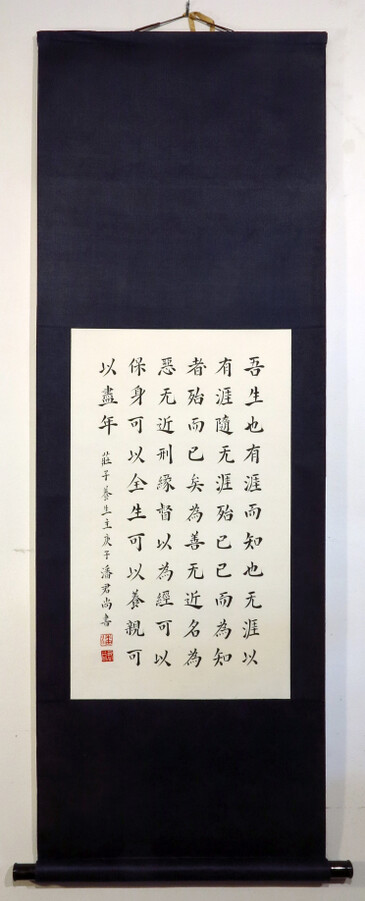
Fig. 4. A work mounted in scroll style (I)
Source: KS Vincent Poon Mounting Workshop

Fig. 6. The mounting wall in KS Vincent Poon’s workshop. From left to right: first stage of mounting, intermediate stage of mounting a work in the form of a scroll, mounting of brown silk clothes.
Source: KS Vincent Poon Mounting Workshop